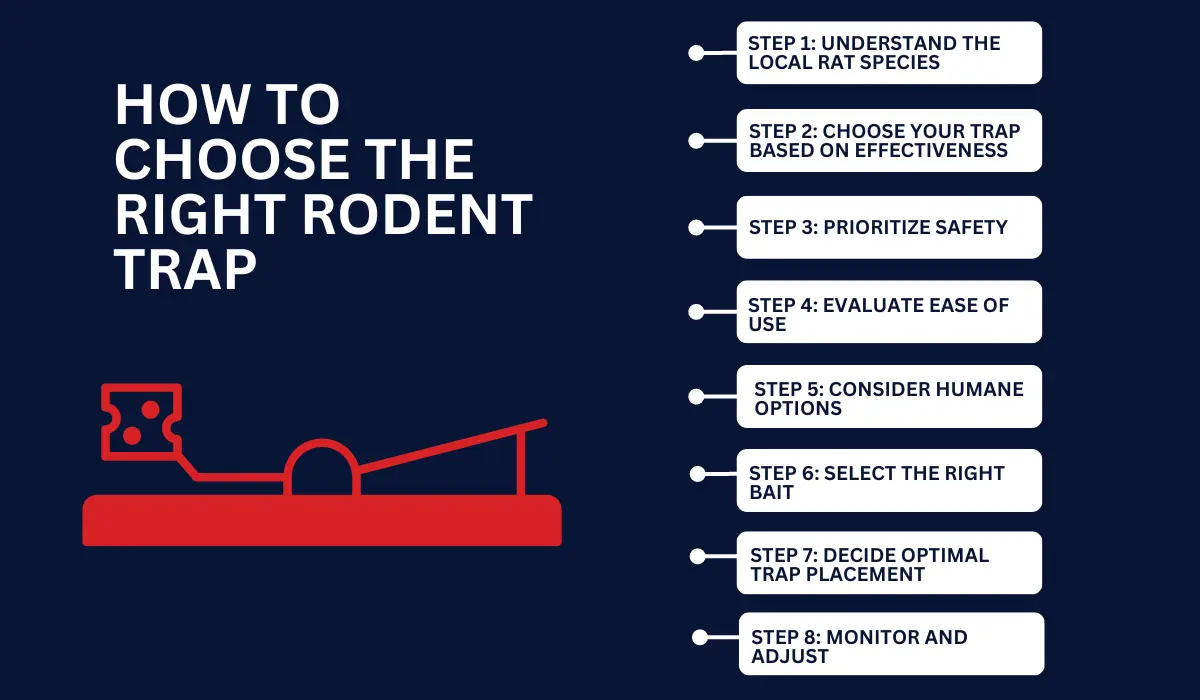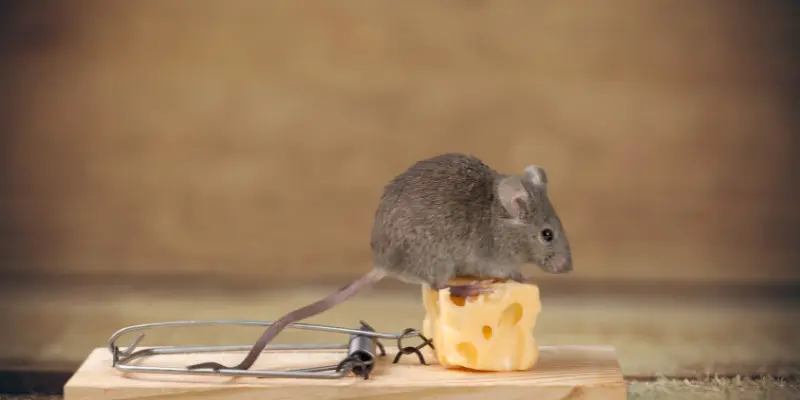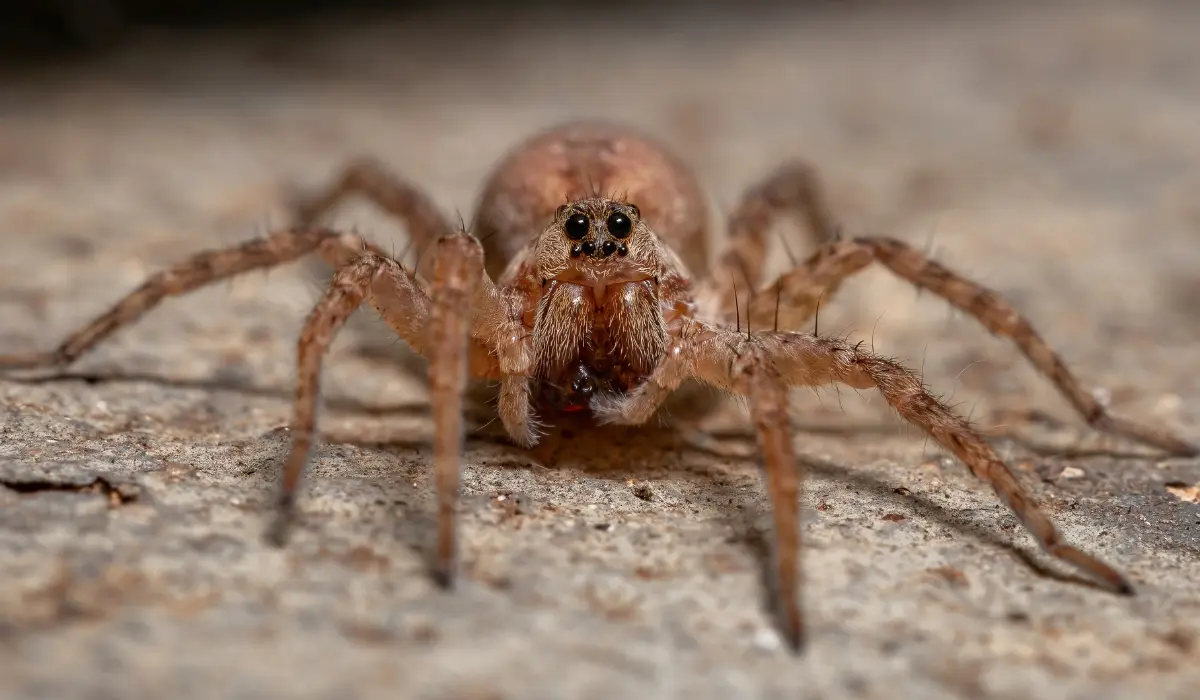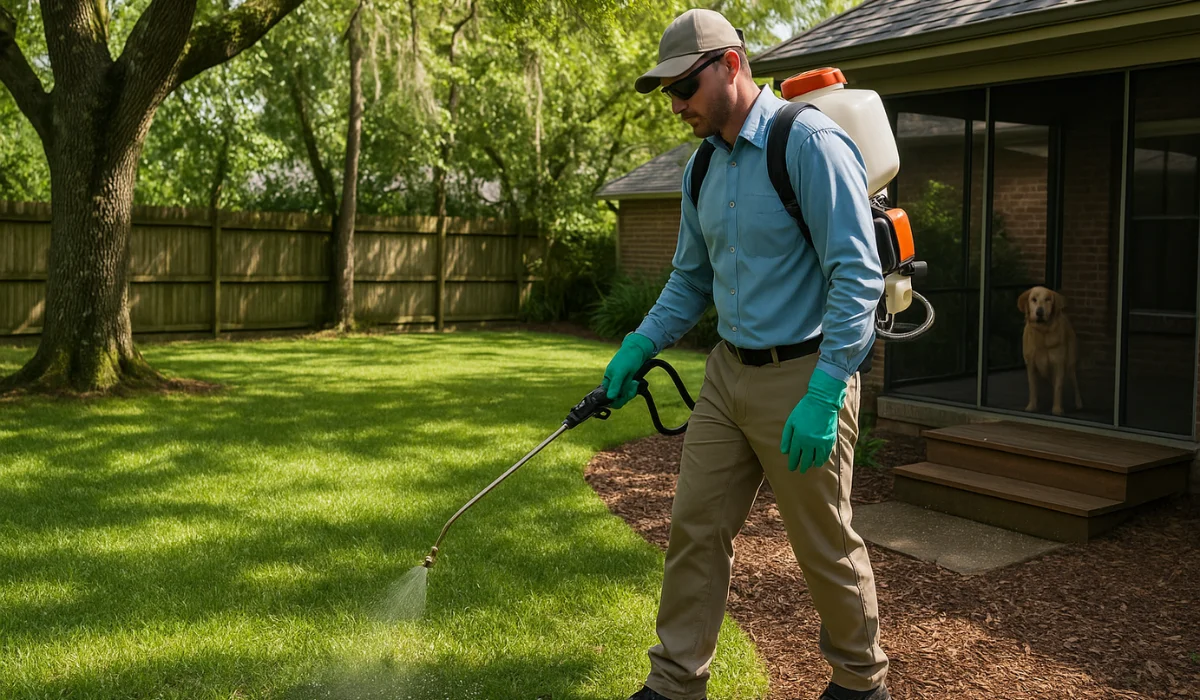Dealing with a rat problem? You’re not alone. And in the battle against pesky rodents, rat traps are a common solution for homeowners and businesses looking to control and remove these unwelcome guests.
Aside from setting traps in strategic locations, selecting the right bait and ensuring safety while handling them are essential steps in effective rat control.
Routine inspection, maintenance of the traps, and compliance with local regulations on animal traps are also critical to ensure ongoing effectiveness and to avoid legal issues.
Key Takeaways
- Rat traps are a practical approach for addressing rodent problems in homes and businesses.
- Proper baiting, placement, and safety measures are vital for successful rat control.
- Regular maintenance and adherence to legal guidelines are necessary for effective and responsible pest management.
WHAT ARE RAT TRAPS?
When dealing with a rat problem, understanding the available mouse trap options and how they function is essential for effective pest control.
In Louisiana, you can choose from a variety of ready-to-use rat traps, each with its unique mechanism and suitability for different situations:
Snap Traps
A classic and widely used option, a rat snap trap is known for their effectiveness and simplicity. Also known as a pedal rat trap, it features a spring-loaded wooden bar that snaps down on the rat upon triggering. It is generally considered quick and humane.
Electronic Traps
Often referred to as “rat zappers,” an electronic rat trap is a kind of kill rat trap that delivers a lethal electric shock to rats. It is favored for its cleanliness and ease of use, as it can kill rats instantly without creating a mess.
Glue Traps
These traps use a sticky adhesive in glue boards to immobilize rats. While effective for capturing rats, they are sometimes criticized for being less humane, as they can leave the rat stuck alive for an extended period.
Live Traps
Ideal for those seeking a humane trapping method, live traps capture rats without causing them harm. These traps allow for the rat to be released elsewhere, away from your property.
HOW DO RAT TRAPS WORK?
The functionality of each trap type varies, offering different advantages and considerations:
| Type of Trap | Mechanism of Action |
| Snap Trap | Features a sensitive trigger that causes a spring-loaded bar to snap down forcefully, killing the rat instantly. |
| Electronic Trap | Detects a rat’s presence inside the trap and administers a high-voltage shock powered by batteries, leaving a dead rodent instantly without mess. |
| Glue Trap | Uses a strong adhesive surface to immobilize rats that walk over the trap, preventing them from escaping. |
| Live Trap | Utilizes a baited cage with a door that closes automatically when the rat enters, trapping it without injury. |
HOW TO CHOOSE THE RIGHT RODENT TRAP

Selecting the appropriate rat trap depends on various factors, like choosing repellents for a termite infestation.
Step 1: Understand the Local Rat Species
- Identify the types of rats in your area (Norway rats and roof rats are common in Louisiana).
- Tailor your approach based on the behavior and preferences of the local rat population.
Step 2: Choose Your Trap Based on Effectiveness
- Consider electronic traps for a quick, humane kill.
- Use snap traps for an instant solution suitable for both large and small rats.
Step 3: Prioritize Safety
- If children and pets are present, opt for live traps to prevent accidental harm.
- Regularly check live traps to ensure the humane treatment of captured rats.
Step 4: Evaluate Ease of Use
- Select snap traps for simplicity in setting and baiting.
- Consider glue traps for easy placement, but be mindful of their distress to animals and potential harm to non-target species.
Step 5: Consider Humane Options
- Choose live traps if avoiding harm to the rat is important to you.
- Plan for the humane relocation of captured rats.
Step 6: Select the Right Bait
- Use appealing baits like peanut butter, bacon, fruits, and nuts to attract rats.
- Experiment with different baits if initial attempts are unsuccessful.
Step 7: Decide Optimal Trap Placement
- Place traps in areas of high rat activity, identified by signs like droppings and gnaw marks.
- Ensure traps are along walls or paths rats frequently use.
Step 8: Monitor and Adjust
- Regularly check and adjust trap placements and bait stations as needed.
- Keep traps clean and operational to maintain effectiveness.
WHAT ARE EFFECTIVE BAITS FOR RAT TRAPS?
The best rat trap is nothing without the right attractant. Below, find a detailed table of the best baits for rat traps, including how to use them and why they’re effective.
| Bait Type | Why It’s Effective | How to Use |
| Peanut Butter | Sticky and aromatic, it attracts rats and prevents bait theft. | Apply a small amount on the trap’s trigger. |
| Hot Dog | Irresistible smell and taste but may attract other wildlife. | Attach small pieces securely to the trap. |
| Bacon | Fatty and aromatic, highly attractive to rats. | Cook, cut, and tie or wire to the trap. |
| Fruit | Sweet smells of bananas and berries attract rats. | Place mashed pieces or slices onto the trap. |
| Cereal Grains | Matches rats’ natural diet preferences. | Secure to the trap or place in a dish near the trigger. |
| Cat Food | Strong odor and meaty texture lure rats. | Put a small, moist amount on the trap. |
WHAT ARE BAITING TIPS AND TECHNIQUES YOU SHOULD KNOW?
Successfully managing a rat infestation requires more than just setting up traps; it involves strategic baiting and placement to ensure the best possible outcomes.
Here are tips for baiting rat traps tailored to the unique environment of Louisiana:
Tip 1: Optimal Bait Sizing and Placement
- Precise Portions: Utilize small, enticing bait portions to prompt rats to engage fully with the trap, minimizing the chance for them to feast without triggering it.
- Strategic Positioning: Embed the bait deeply within the trap’s mechanism. It ensures the rat has to commit to reaching it.
Tip 2: Bait Selection and Rotation
- Diverse Delights: Incorporate a variety of baits to keep them interested.
- Freshness Factor: Regularly refresh bait to maintain its allure, replacing any that becomes stale or is ignored over a few days.
Tip 3: Strategic Trap Placement
- Indoor Strategy: Situate where rodent activity is noticeable, including paths along walls or areas showing signs of nesting.
- Outdoor Strategy: Focus on securing potential entry points near established burrows, garden sheds, garages, or under a shelter.
HOW TO MAINTAIN RAT TRAPS PROPERLY
To prevent the spread of diseases and maintain trap efficiency, you need to employ regular cleaning. Here’s a guide tailored for the different types of rat traps:
- Check Regularly: Inspect live-capture traps at least daily to minimize animal distress.
- Safety First: Wear gloves to protect against contaminants and diseases.
- Disposal: Release captured rodents into a sealed bag for disposal, adhering to local wildlife regulations.
- Cleaning: Clean traps with soap and water, focusing on removing bait residue or blood to prevent disease and pest attraction.
- Disinfection: Use a manufacturer-recommended disinfectant to eliminate pathogens.
- Drying: Fully air dry traps to maintain effectiveness and prevent damage in humid climates.
- Inspection and Repair: Check for wear and tear and repair or replace parts as needed for proper function.
- Location Rotation: Move traps regularly to counteract rats’ aversion to unchanged environments.
ARE THERE ANY LEGAL CONSIDERATIONS FOR RAT TRAPS?
The use of a bait cup that traps a mouse or large rat in Louisiana is subject to state and local regulations that aim to ensure the humane treatment of wildlife and prevent unnecessary suffering.
Legal Compliance
Before purchasing and setting up rat traps, check Louisiana’s wildlife and cruelty laws to ensure compliance. Some traps, particularly those that cause undue suffering, may be restricted or illegal.
–
Get $15 Off Your Rat Service Today!
–
WHEN TO CALL RAT CONTROL PROFESSIONALS FOR HELP
Need help with uninvited rodent guests with only rat traps? Don’t let the situation spiral out of control!
In South Louisiana, where the climate and local rat populations present unique challenges, professional pest control isn’t just a luxury—it’s a necessity for peace of mind.
Whether you’re in New Orleans or Baton Rouge, seeking expert help should be easy. For immediate intervention for a severe infestation, let Lajaunie’s rodent control specialists tailor a solution that’s right for your home.
For more information about the areas we service, visit our location page.
 By: LaJaunie's Pest Control
By: LaJaunie's Pest Control 



